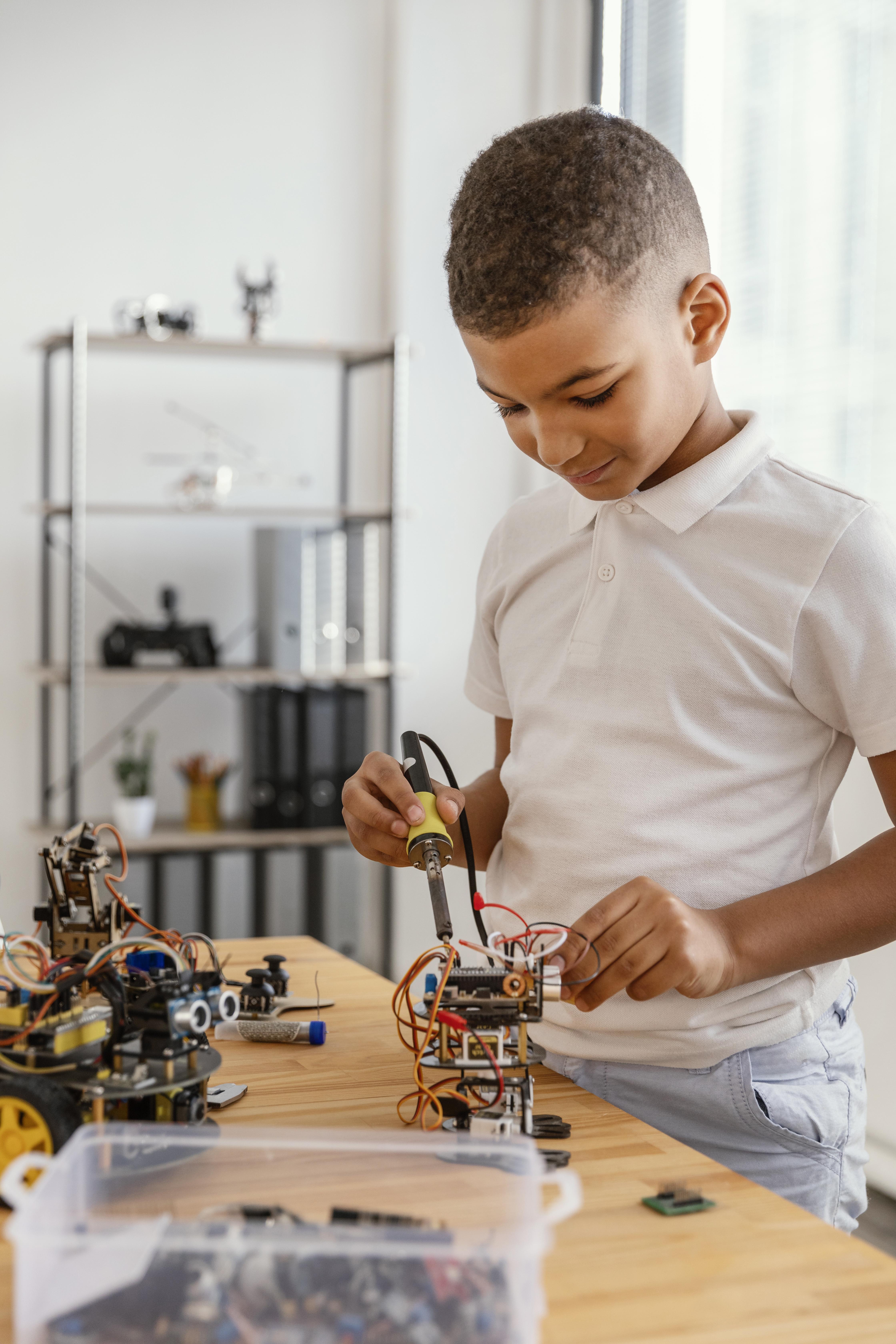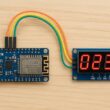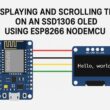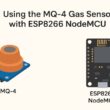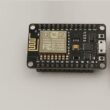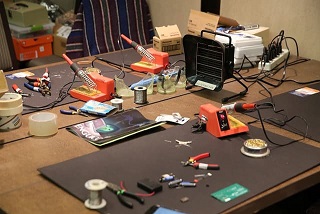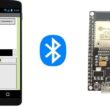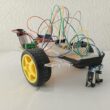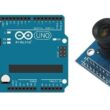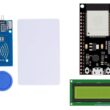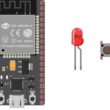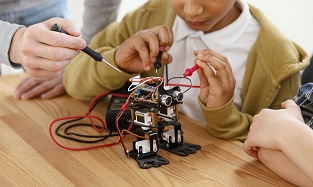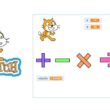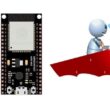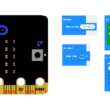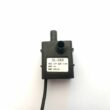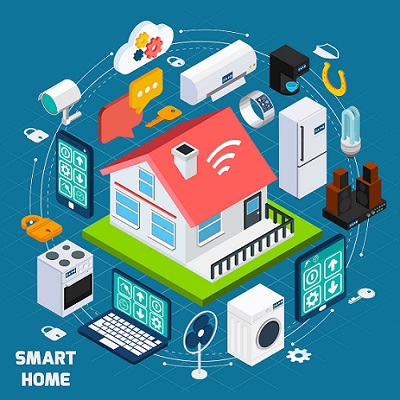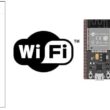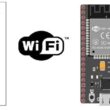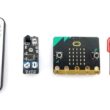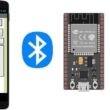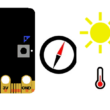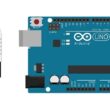Discovering Scratch: The power of creative coding
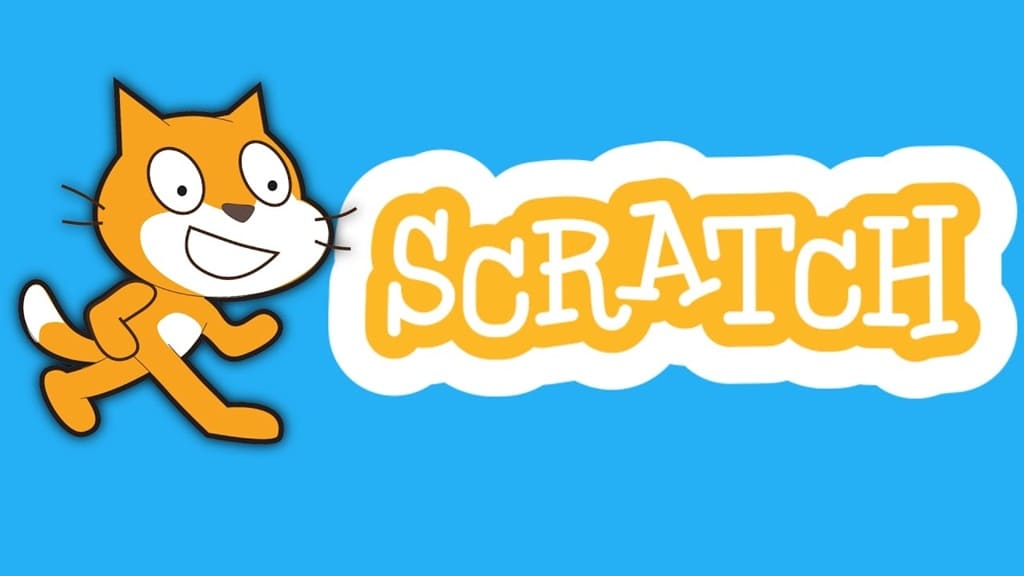
Tutorial plan
1- What is Scratch ?
2- Benefits of Scratch
3- Tour of the Scratch interface
What is Scratch ?
Scratch is a visual programming language and an online community where you can create your own interactive stories, games, and animations and share them with others around the world.
Block-based coding:
You snap blocks together like puzzle pieces — no typing required. This makes it easy to learn programming concepts without worrying about code syntax.
Designed for beginners:
Scratch is especially popular with children aged 8–16, but it's used by people of all ages to learn the basics of coding.
Creative freedom:
You can design characters (called sprites), choose or draw backgrounds, and make them move, talk, and react.
Interactive projects:
Build games, animations, simulations, music projects, and even digital art.
Benefits of Scratch
Here are the key benefits of using Scratch, especially for beginners, students, and educators:
1. Easy to Learn
Drag-and-drop interface: No need to memorize code — just snap together blocks.
Beginner-friendly: Perfect for kids and first-time coders.
2. Encourages Creativity
Build your own games, stories, animations, music, or art.
Design characters (sprites), scenes, and actions from scratch or use the built-in library.
3. Teaches Programming Concepts
Learn important computer science skills like:
Loops
Variables
Events
Conditional statements (if-then)
Cloning and broadcasting
4. Develops Problem-Solving and Logical Thinking
Encourages debugging and testing
Helps learners break big problems into smaller steps (algorithmic thinking)
5. Supports Communication and Storytelling
Blend text, sound, and animation to create stories or explain concepts
Great for integrating language arts with technology
6. Ideal for Education
Used in schools globally
Aligned with STEM/STEAM education
Encourages project-based learning
7. Safe and Collaborative Online Community
Share your projects and remix others'
Positive, moderated environment for learners to give and receive feedback
8. Works Across Devices
Web-based (scratch.mit.edu) and available as a desktop app
No installation needed to start coding in the browser
9. Builds Confidence
Immediate visual feedback builds motivation
Students feel empowered seeing their ideas come to life
Tour of the Scratch interface
The Scratch interface is the environment where users create, edit, and run their projects using visual block-based coding.

It is designed to be intuitive, especially for beginners, and is divided into several key areas:
1. Stage Area
This is the visual display of your project — where all the action takes place.
Sprites (characters or objects) appear here and perform the actions you program.
It includes control buttons:
Green flag: Starts the project
Red stop button: Stops the project
2. Sprite List
Shows all the sprites in your project (characters, buttons, objects).
You can:
Add or delete sprites
Select one to edit its code, costumes, or sounds
Each sprite can have its own scripts and behaviors
3. Block Palette
Located on the left side, this section contains all the coding blocks grouped by category:
Motion: move, turn, glide
Looks: say, show, hide, change costumes
Sound: play or stop sounds
Events:start actions (e.g., when green flag clicked)
Control:loops, wait, if-then, repeat
Sensing: detect key presses or sprite collisions
Operators:math, logic, comparisons
Variables: store and use values
My Blocks: create your own custom blocks
4. Script Area (Code Area)
Located in the middle of the screen.
This is where you drag and snap blocks together to create scripts for the selected sprite.
Each sprite has its own coding workspace
5. Tabs: Code, Costumes, Sounds
Above the script area, you can switch between:
Code to create scripts
Costumes to design or change how a sprite looks
Sounds to add or record audio for your project
6. Toolbar (Top of the Screen)
Contains options like:
File (new, save, load project)
Edit (undo, redo)
Tutorials (step-by-step guides)
Sign in/out, language selection
